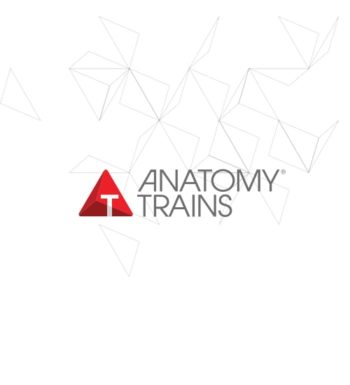Assess body patterns in a new way and learn to improve your results through utilising the properties of the fascial webbing – and how it interacts with the neural and circulatory nets. The fascial properties of viscosity, elasticity, plasticity, and remodeling can all be enhanced through training and manual therapy work – so you will give better therapy and programming if you understand how the fascia responds to different kinds of loading and timing.
The Anatomy Trains map organises the muscles into larger functional fascial patterns that affect posture, gait, and performance in general. Learn to see the compensation patterns in the myofascial meridians, and how to employ your hands, movement and verbal cuing to improve function globally.
This course includes:
- A review of the Anatomy Trains, with an emphasis on the Spiral Line and Deep Front (Core) Line in gait
- Visual assessment of the lines – what’s short? what’s too long? what’s not activating?
- Manual therapy techniques for easing fascial adhesions and chronically short or over-loaded muscles
- Training effects: Training viscosity for impact sports, training elasticity for energy efficiency and resilience
- Using fascial plasticity to change length and glide in the tissue – stretch styles and deep-tissue work
- Understanding of the physiology of fascial remodeling in training and injury recovery
- Time for your questions and queries about fascia in training and movement


